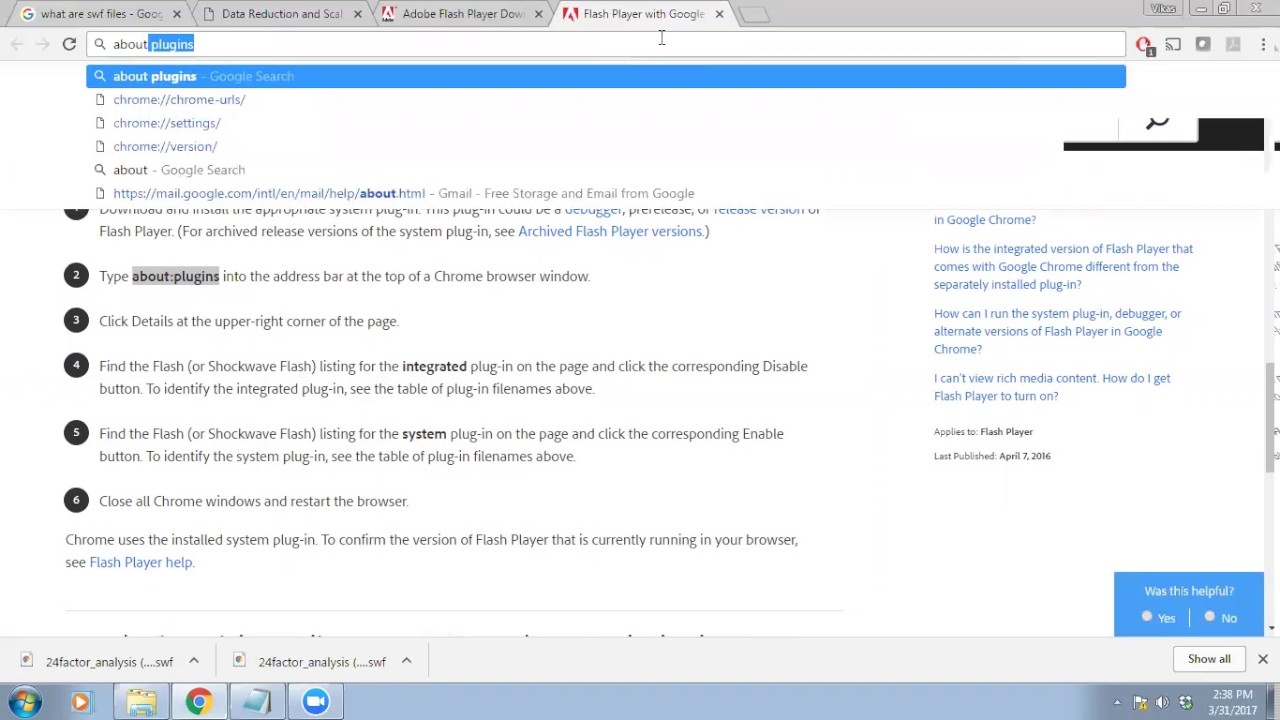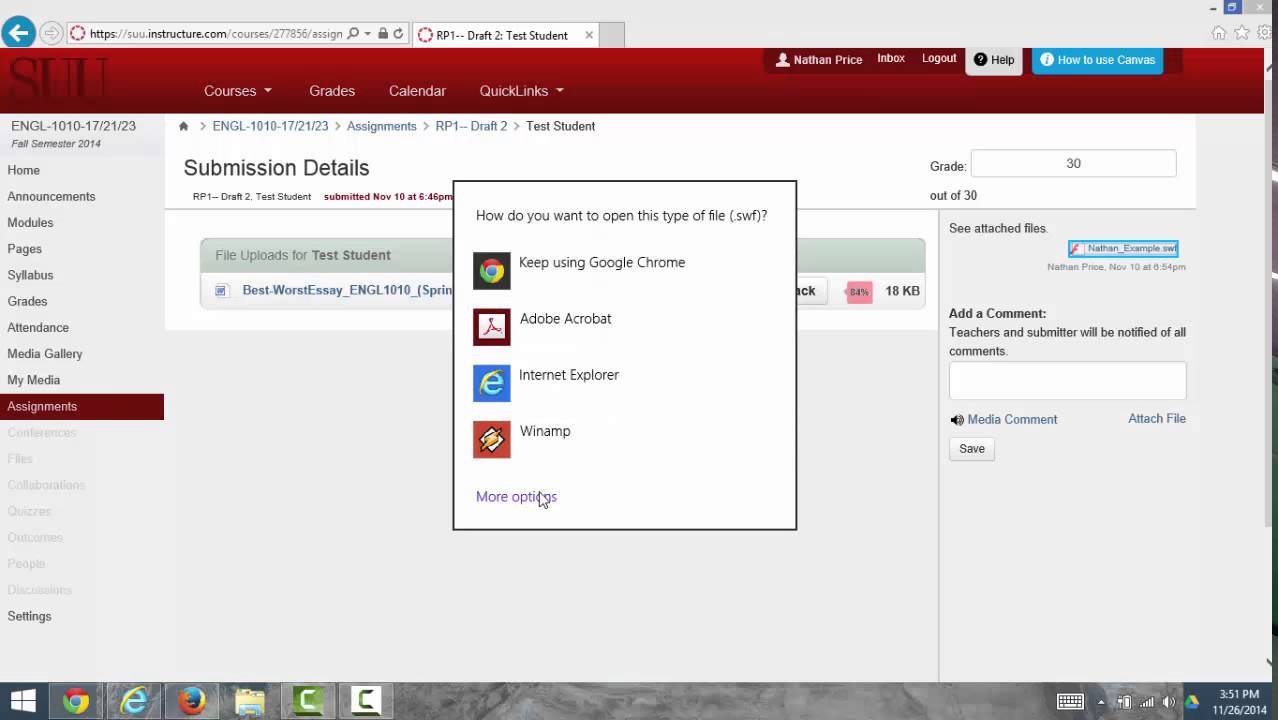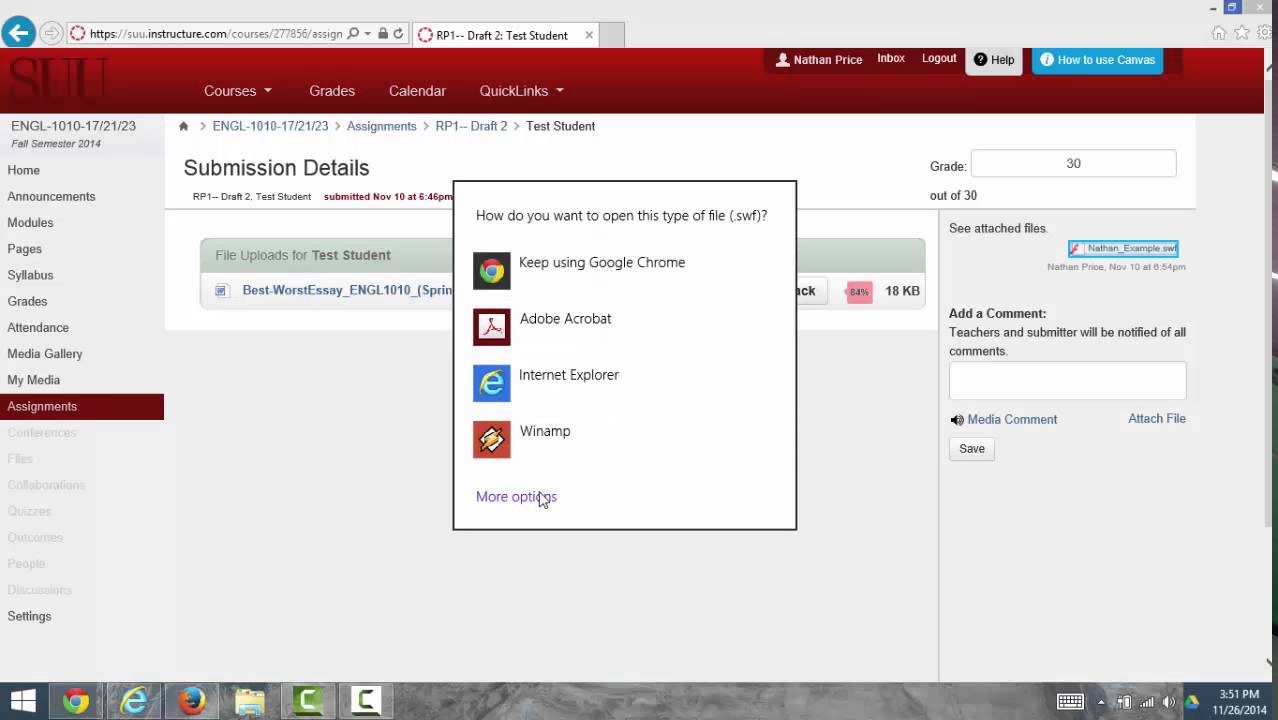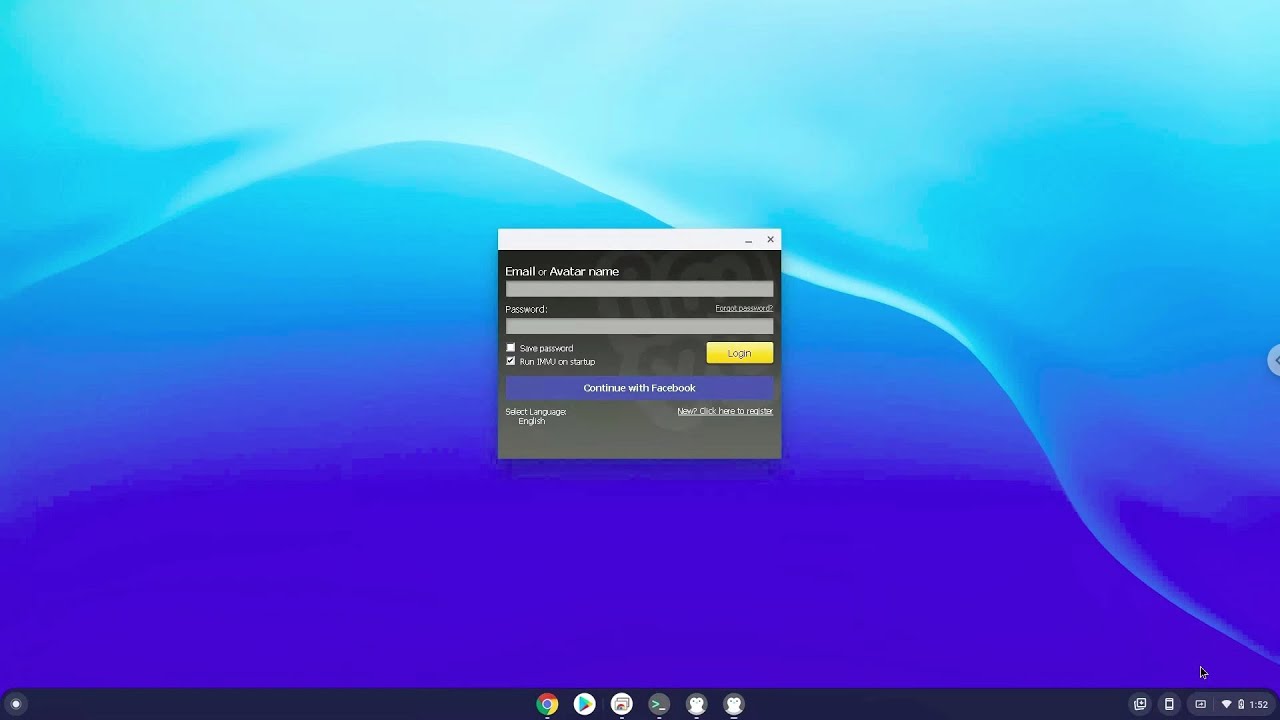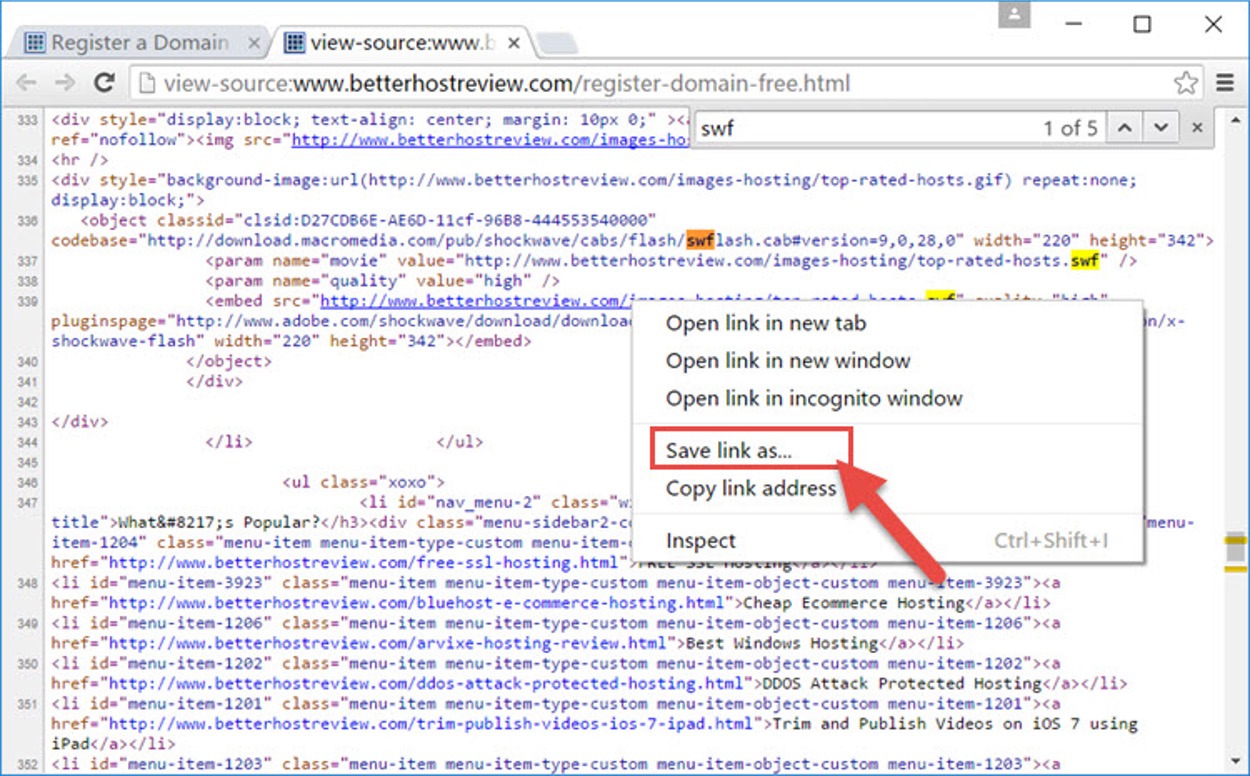Introduction
In the ever-evolving landscape of web browsing, users often encounter various file formats that may not be fully supported by their browsers. One such file format is SWF, which stands for Small Web Format. SWF files are commonly associated with Adobe Flash, a multimedia software platform that was widely used for creating animations, games, and interactive content on the web.
However, with the shift towards HTML5 and the gradual phasing out of Adobe Flash, many modern web browsers, including Google Chrome, have ceased to support SWF files by default. This change has left users who rely on SWF content facing the challenge of finding alternative methods to run these files within their preferred browser environment.
In this article, we will delve into the intricacies of SWF files, explore the reasons behind their lack of support in Chrome, and provide practical solutions for running SWF files in this popular browser. Whether you are a casual user encountering SWF content or a developer seeking to enable SWF functionality in Chrome, this guide aims to equip you with the knowledge and tools necessary to navigate this technological terrain effectively.
Understanding SWF Files
SWF, an acronym for Small Web Format, is a file format originally developed by Macromedia, which was later acquired by Adobe. SWF files are primarily associated with Adobe Flash, a once-prevalent multimedia software platform used for creating interactive content on the web. These files are commonly utilized for animations, browser-based games, and interactive multimedia content such as videos and audio clips.
SWF files are designed to be lightweight and are often used to deliver rich, engaging experiences to users across various web browsers. They can contain vector graphics, raster graphics, and even text, making them versatile for a wide range of applications. Additionally, SWF files can incorporate scripting, allowing for interactive elements and dynamic behavior within the content.
One of the key advantages of SWF files is their ability to be easily embedded within web pages, enabling seamless integration of multimedia content. This feature has made SWF a popular choice for developers and content creators seeking to deliver compelling and interactive experiences to web users.
Despite their versatility and widespread use in the past, SWF files have faced challenges in recent years due to the declining support for Adobe Flash. As web technologies have advanced, HTML5 has emerged as a more efficient and secure alternative for delivering multimedia content, leading to a gradual shift away from Flash-based solutions.
The decline of Adobe Flash has resulted in many modern web browsers, including Google Chrome, discontinuing native support for SWF files. This shift has prompted users and developers to seek alternative methods for running SWF content within their browser environments.
Understanding the nature and capabilities of SWF files is crucial for navigating the evolving landscape of web technologies. By gaining insight into the characteristics and historical significance of SWF files, users and developers can better adapt to the changing requirements for delivering multimedia content on the web.
Why SWF Files Are Not Supported in Chrome
The decision to discontinue native support for SWF files in Google Chrome can be attributed to several factors, reflecting the broader industry trends and technological advancements shaping the web browsing experience. One of the primary reasons for this shift is the diminishing relevance of Adobe Flash, the platform closely associated with SWF files. Adobe officially announced the end-of-life for Flash, signaling the discontinuation of support and updates for the software. This announcement was accompanied by widespread efforts within the tech industry to phase out Flash-based content in favor of more modern and secure alternatives.
Furthermore, the inherent security vulnerabilities associated with Adobe Flash have been a significant concern for web browsers and the broader cybersecurity community. Flash has been plagued by a history of critical security flaws, making it a prime target for exploitation by malicious actors. As a result, web browsers, including Chrome, have prioritized the security of their users by gradually reducing support for Flash-related technologies, including SWF files.
The emergence of HTML5 as a robust and versatile standard for web content has also played a pivotal role in the discontinuation of SWF support in Chrome. HTML5 offers native support for multimedia elements, animations, and interactivity, providing a more efficient and secure framework for delivering rich web experiences. This shift towards HTML5 has empowered developers to create compelling multimedia content without relying on proprietary plugins like Adobe Flash, aligning with the broader industry push towards open web standards.
Additionally, the performance and efficiency gains associated with HTML5 have further incentivized the transition away from Flash-based technologies. HTML5 enables seamless integration of multimedia content while optimizing resource utilization and enhancing compatibility across various devices and platforms. This has positioned HTML5 as the preferred choice for delivering multimedia content in a manner that is both user-friendly and future-proof.
In light of these industry-wide developments, Google Chrome, along with other modern web browsers, has ceased to natively support SWF files. This shift reflects a strategic alignment with evolving web standards, security considerations, and the broader transition away from legacy technologies. While this change may present challenges for users and developers accustomed to SWF-based content, it also underscores the imperative of embracing modern web technologies to ensure a secure, efficient, and immersive browsing experience for all users.
How to Run SWF Files in Chrome
Running SWF files in Google Chrome, despite the browser's lack of native support for this file format, is achievable through alternative methods and third-party tools. By leveraging these solutions, users can continue to access and interact with SWF content within the Chrome browser environment. Here are several approaches to effectively run SWF files in Chrome:
-
Using a SWF Player Extension: Chrome offers a variety of extensions that enable the playback of SWF files directly within the browser. By installing a reputable SWF player extension from the Chrome Web Store, users can seamlessly open and view SWF content without the need for external software. These extensions often provide a user-friendly interface for managing and interacting with SWF files, offering a convenient solution for accessing multimedia content in the SWF format.
-
Utilizing a Standalone SWF Player: Alternatively, users can opt to utilize standalone SWF player applications that are compatible with the Chrome browser. These standalone players are designed to handle SWF files independently of the browser, allowing users to open and play SWF content outside of the traditional browser environment. Once installed on the user's system, these standalone players can be configured to launch SWF files, providing a dedicated platform for interacting with multimedia content in the SWF format.
-
Enabling Legacy Browser Support: Some users may choose to enable legacy browser support within Chrome by utilizing extensions or built-in features that facilitate the emulation of older browser environments. By configuring Chrome to emulate a browser with native support for SWF files, users can effectively run SWF content as if they were accessing it through a legacy browser. While this approach may require additional setup and configuration, it can serve as a viable option for users seeking to maintain compatibility with SWF-based content.
-
Converting SWF to Alternative Formats: In cases where native SWF playback within Chrome is not feasible, users can explore the option of converting SWF files to alternative formats supported by modern web standards, such as HTML5. Various conversion tools and services are available to transform SWF content into formats compatible with contemporary web technologies, enabling seamless integration within Chrome and other modern browsers.
By employing these methods, users can overcome the limitations posed by Chrome's lack of native SWF support and continue to engage with SWF content effectively. Whether through specialized extensions, standalone players, legacy browser emulation, or file format conversion, these approaches empower users to navigate the evolving web landscape while preserving access to valuable SWF-based multimedia experiences.
Conclusion
In conclusion, the evolution of web technologies and the discontinuation of native SWF support in Google Chrome have prompted users and developers to adapt to a changing digital landscape. While the transition away from SWF files may present initial challenges, it also signifies an opportunity to embrace modern web standards and innovative solutions for delivering multimedia content.
As users encounter SWF files in their browsing experiences, the availability of specialized extensions, standalone players, and conversion tools offers practical pathways for running SWF content within Chrome. By leveraging these alternative methods, users can maintain access to valuable SWF-based multimedia experiences while aligning with the industry's shift towards open web standards and enhanced security.
Furthermore, the broader industry trends emphasizing the adoption of HTML5 and the phasing out of Adobe Flash underscore the importance of embracing modern, secure, and efficient web technologies. HTML5's native support for multimedia elements and interactivity provides a robust framework for creating engaging web experiences without relying on proprietary plugins.
The discontinuation of SWF support in Chrome reflects a strategic alignment with these industry-wide developments, prioritizing user security, performance, and compatibility across diverse devices and platforms. While the transition may necessitate adjustments in accessing SWF content, it also encourages users and developers to explore innovative solutions that align with the future of web browsing.
Ultimately, the discontinuation of native SWF support in Chrome serves as a catalyst for embracing modern web standards, fostering creativity in multimedia content creation, and ensuring a secure and seamless browsing experience for all users. By leveraging alternative methods to run SWF files in Chrome, users can navigate this technological shift while continuing to engage with compelling multimedia content in the SWF format.
As the web continues to evolve, the ability to adapt to changing requirements and leverage innovative solutions will be essential for users and developers alike. Embracing the transition away from legacy technologies while exploring new avenues for delivering multimedia content will contribute to a more dynamic, secure, and immersive web browsing experience for all.









